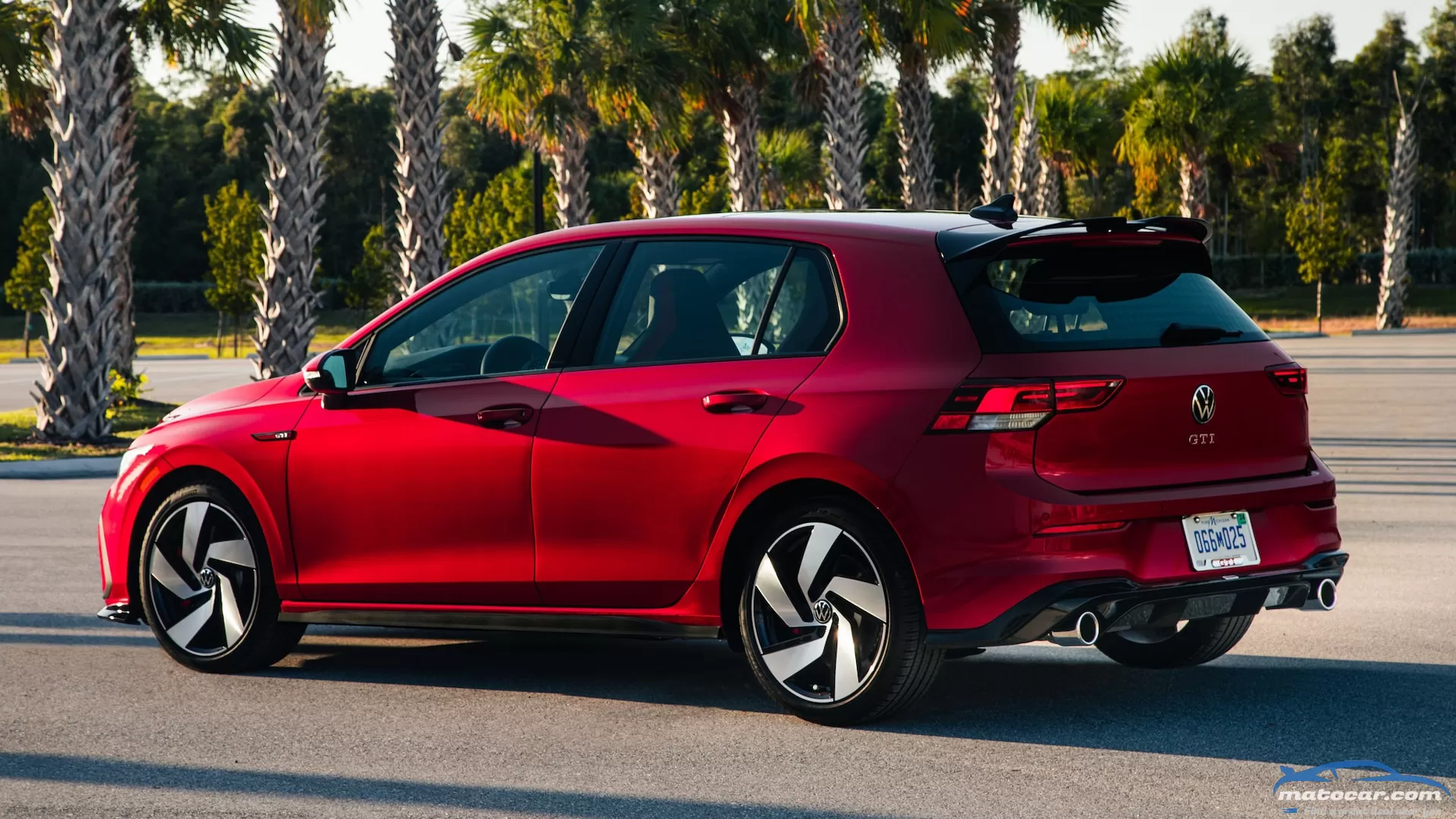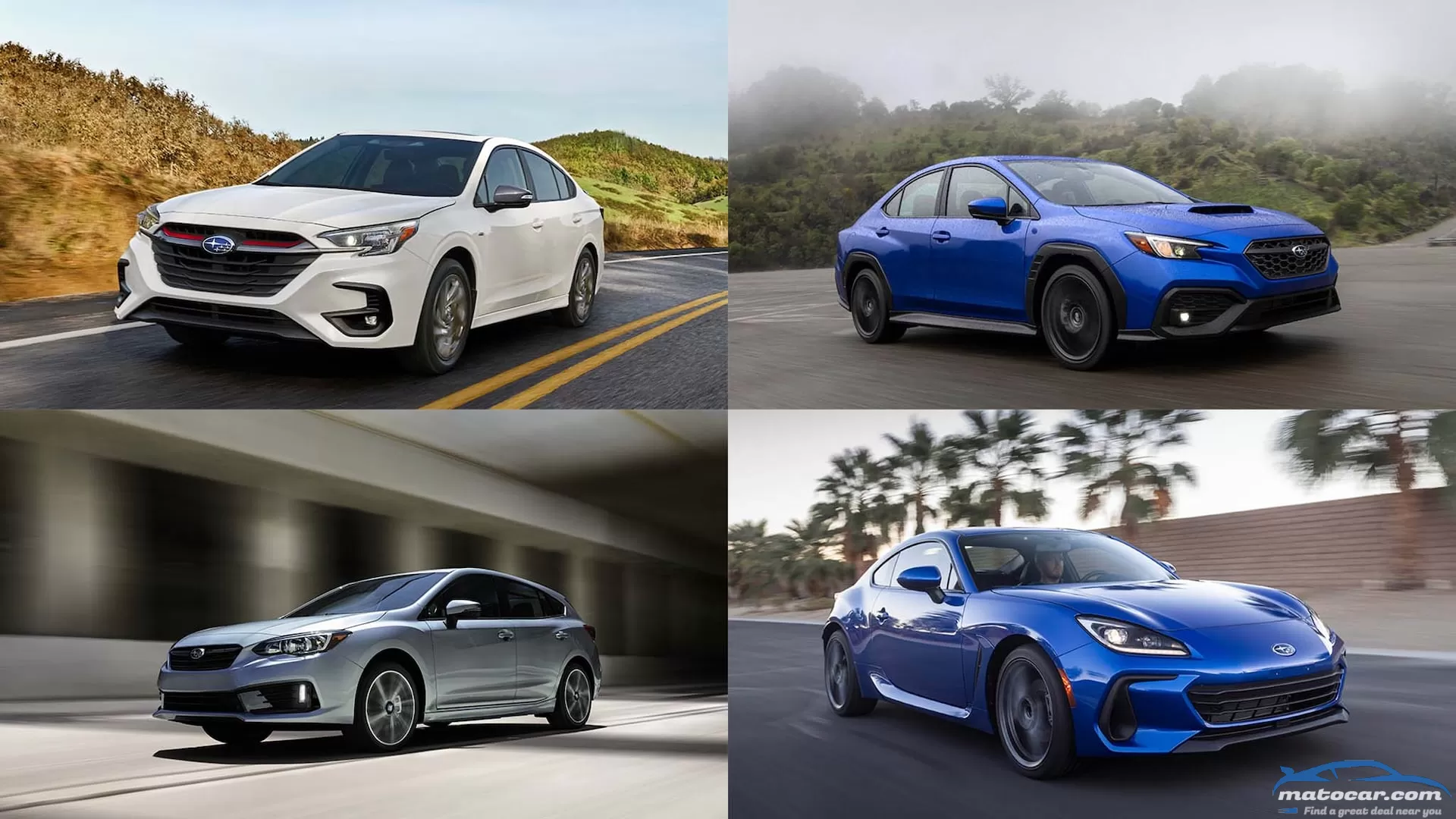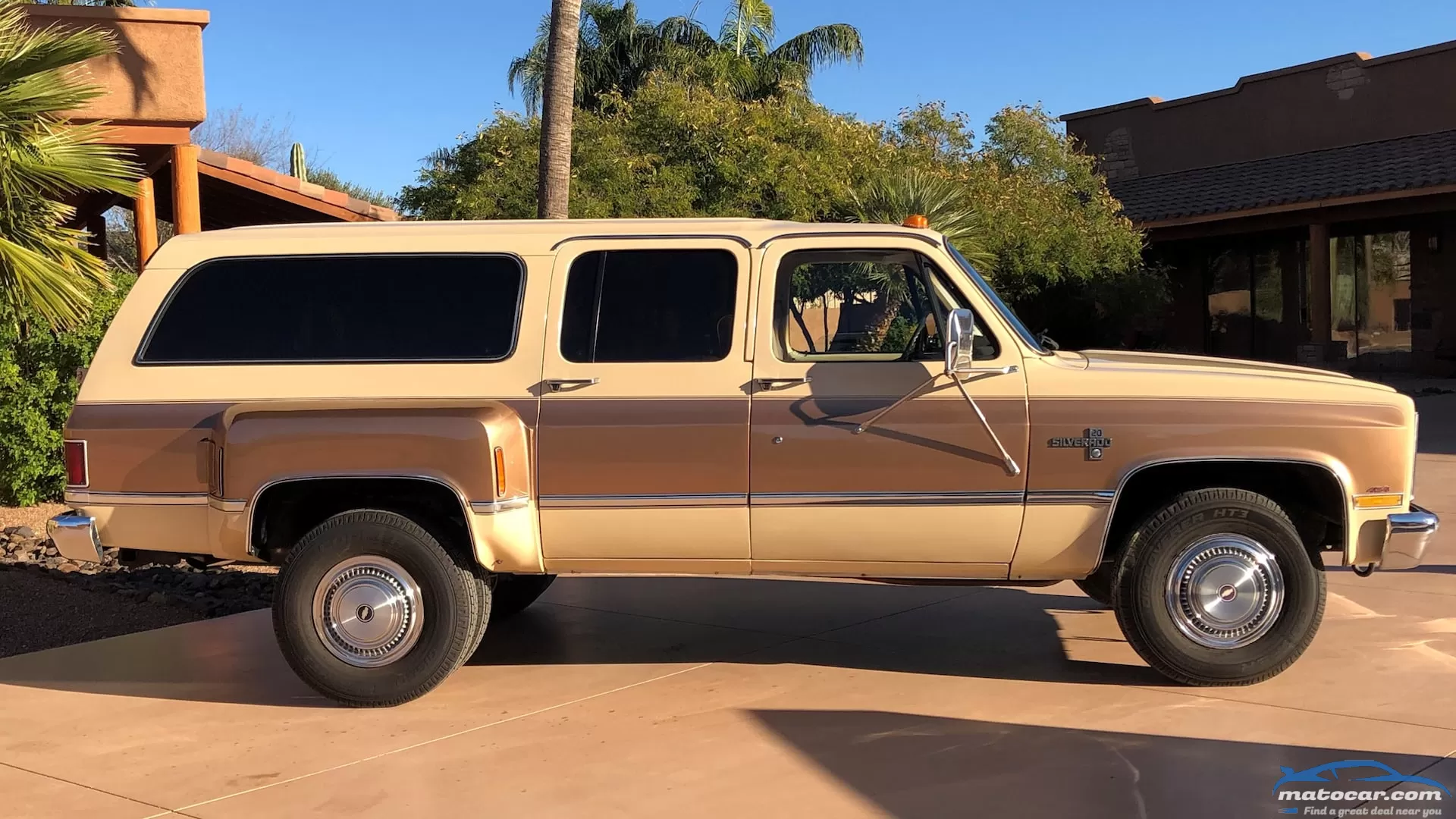2022 Alfa Romeo Stelvio Veloce First Test: Strong and Spirited

Pros
- Punchy engine
- Strong, beautiful design
- Fun to drive
Cons
- Small infotainment screen
- Toned-down cabin
- Tight interior
Everything sounds better in Italian, and the badge applied to the 2022 Alfa Romeo Stelvio Veloce is no exception. "Veloce" means "quick" in English, but can you imagine a vehicle called, say, the Ford Quick or the Chevy Fast? Yeah, no. Yet in Italian, the same word sounds sexy. But best of all, the Stelvio Veloce is indeed fast, sporty, and spirited.
The Veloce trim came on board for the 2022 model year, replacing the Ti Sport trim. It's the highest available model with the standard turbocharged 2.0-liter four-cylinder, which happens to be the most powerful base engine in the luxury compact SUV segment.
Veloce but Not Molto Veloce
With 280 hp and 306 lb-ft of torque, there's no doubt the Stelvio has guts. Step on the throttle, and the response is immediate, and full torque is on tap from just 2,000 rpm. That's among the ingredients that make the Stelvio one of the sportiest SUVs, as is the eight-speed automatic transmission that likes to hold gears when Dynamic mode is active. Even the default Natural mode is a delight, though; the transmission is relatively snappy, and the perfectly linear steering delivers a wealth of feedback. In all modes, it's possible the Stelvio might ride a little too stiffly for some, but excellent damping takes the edges off the harshest impacts, and we enjoy having a better feel for the road.
Unfortunately, there's a bit of un-veloce here: Despite that muscular turbo-four, at 5.9 seconds, the Stelvio Veloce is a little bit slower than some other compact luxury SUVs to 60 mph. The time is good overall, but in our testing it trails slightly behind the 2022 Porsche Macan (5.6 seconds), 2021 Audi Q5 (5.7 seconds), and even the last Stelvio we tested—a 2018 Ti Sport (5.4 seconds). But it's ahead of the 2022 Genesis GV70 2.5T (6.0 seconds), 2021 Acura RDXand 2022 BMW X3 xDrive 30i (6.4 seconds each).
But the numbers aren't the full story. Combine its responsive powertrain with its capable, composed, and confidence-inspiring chassis, and the Stelvio Veloce is, in fact, perfectly veloce. Wherever you're driving it, the Stelvio behaves more like a lifted hot hatchback, feeling quick off the line and allowing drivers to attack back roads with a zeal that makes miles disappear faster than they might in a number of more appliance-like competitors. "I like that the steering is friction free and that the rim is thin," road test editor Chris Walton said. "This allows you to steer with your fingertips and not your palms."
Overall, the experience behind that wheel is engaging, and the Stevlio's personality and captivating experience are what distinguish it from the rest of the segment—and make it the target of discerning drivers who need an SUV.
Gorgeous Exterior, Subpar Interior
Despite being four years old, the 2022 Alfa Romeo Stelvio Veloce remains one of the best-looking SUVs in the segment. Like its Giulia sedan stablemate, the Stelvio has aged well and continues to look sharp even when newer models have entered the market. Unfortunately, that's not the case inside. Although there isn't anything wrong with the cabin, its plain layout lacks the attention to detail and sophistication of other SUVs in the segment.
The 8.8-inch touchscreen is quite small for today's standards, and although we like its functionality and placement in the center console, the infotainment system feels antiquated and lacks updated graphics. There is no wireless Apple CarPlay or Android Auto, and it's a bit hard to explore or find what you need given the limited menu buttons.
The rest of the cabin lacks the plushness we've seen in other SUVs, as well. There's nothing that will grab the attention of anyone getting into a Stelvio for the first time. The ergonomics are perfectly fine, with everything within reach of the driver, and there are hard buttons for the A/C and a volume knob, but designers missed an opportunity to make the interior more elegant and premium. In addition, interior space is a bit tight for those in the rear seats, with a big drivetrain hump that will make middle-seat passengers uncomfortable.
If Alfa was aiming for a simplistic, driver-focused cabin that wouldn't draw attention from the sensational driving experience, then we suppose the layout, design, and technology make sense. But when compared against other compact luxury SUVs, the Stelvio stands out for lacking content important to buyers these days. Ventilated seats, for example, aren't an option on the Veloce, and some safety technologies standard in other SUVs (like lane keep assist) are part of a $1,495 package here. Given the excellence permeating the segment from the likes of, say, Genesis, Alfa would do well to up its game.
Although lane keep assist is an option, the Veloce adds several driver assist features that were previously optional. Adaptive cruise control, blind-spot monitoring, lane departure warning, automatic high-beams, and front and rear parking sensors are now standard. Navigation, wireless charging, and heated front and rear seats are also included on all trims.
Should You Buy a 2022 Alfa Romeo Stelvio Veloce?
If you're looking for a sporty experience, an attractive design, and a cabin that delivers the basics, then the answer is assolutamente sì. But if you'd rather drive an SUV that focuses on comfort and interior amenities, there are better options.
The 2022 Alfa Romeo Stelvio Veloce we tested checked out at $60,665, on the expensive side of the ledger. Compare that with the $64,670 of our long-term 2022 Genesis GV70 Sport Prestige with the optional 3.5-liter turbo V-6 engine, and the Stelvio suddenly feels short on value. The GV70 does a better job delivering a plush cabin with lots of attention to detail and premium materials, and it still feels sporty without sacrificing ride comfort.
And yet, for a model that's only received light updates since it came out in 2018, the Stelvio is aging gracefully. It falls short in many objective areas, but every opportunity to drive it is another opportunity for fun, and that's high on our list of priorities. If it's high on yours, too, you'll likely think the Stelvio is simply spettacolare.
Looks good! More details?2022 Alfa Romeo Stelvio (Veloce) Q4 Specifications BASE PRICE $53,895 PRICE AS TESTED $60,665 VEHICLE LAYOUT Front-engine, AWD, 5-pass, 4-door SUV ENGINE 2.0L Turbo direct-injected SOHC 16-valve I-4 POWER (SAE NET) 280 hp @ 5,200 rpm TORQUE (SAE NET) 306 lb-ft @ 2,000 rpm TRANSMISSION 8-speed automatic CURB WEIGHT (F/R DIST) 4,023 lb (50/50%) WHEELBASE 110.9 in LENGTH x WIDTH x HEIGHT 184.6 x 74.9 x 66.0 in 0-60 MPH 5.9 sec QUARTER MILE 14.5 sec @ 94.6 mph BRAKING, 60-0 MPH 123 ft LATERAL ACCELERATION 0.83 g (avg) MT FIGURE EIGHT 27.1 sec @ 0.63 g (avg) EPA CITY/HWY/COMB FUEL ECON 22/28/24 mpg EPA RANGE, COMB 406 miles ON SALE Now Show AllYou may also like
Although Subaru's stable swells with SUVs, its lineup of cars remains robust for the 2023 model year. The automaker, which is best known for its all-wheel-drive cars and SUVs, just overhauled the sporty BRZ coupe and WRX sedan for 2022. For 2023, the entire lineup carries over with minor changes, aside from the Legacy's fresh sheetmetal. Read on to see what updates have arrived for the 2023 Subaru cars lineup.Want to learn more about 2023 Subaru SUVs? Check out the changes here.
It's almost Mecum Auctions time again! The bidding takes place March 16 to 19 in Glendale, Arizona, and live gavel-to-gavel coverage is available through our online subscription service, MotorTrend+ (sign up for a free trial today!), or on your television via the MotorTrend channel.There's something about the southwest when it comes to trucks. Pickups are plentiful there, and based on the wide variety of rigs that are up for grabs at the Arizona auction, we're very optimistic about the collection that awaits Senior Content Producer KJ Jones at the Mecum Auctions event in Houston, Texas, April 1 and 2, as well.For the first time ever, KJ will be on the floor at a big-time auto auction, and hopes are high that this upcoming Glendale sale will be a great precursor to what could be the most truck-heavy event on Mecum's tour.We've already noted two cool trucks being auctioned in Arizona: a 2020 Jeep Gladiator that was displayed at the SEMA Show in 2019, and a customized 1963 Chevy Greenbrier Sports Wagon that garnered great response.This teaser highlights a rare, dual-rear-wheel Chevy Suburban. The sample seen here is a 1986 model that wasn't produced by the factory (none of these rare unicorns were), but to many truck fans is a rig that Chevrolet brass should have authorized and offered for interested buyers. Can you imagine driving something like this today, with a 6.6-liter Duramax diesel engine under the hood instead of a basic big-block Chevy V-8?Related: The General Motors Duramax Diesel Engine Through HistoryLike the previous Mecum-Glendale rigs we featured, this 'burban has no reserve attached to its sale, which should make it interesting to watch.1986 Chevy Suburban Silverado DuallyFirst, this 1986 Chevy Suburban is not an actual 1-ton dually. It's a 3/4-ton rig that's been upfitted with a dual-rear-wheel axle, the appropriate finishing fenders, and so on. And for Chevrolet Suburban know-it-alls, yes, it's a Silverado in frame only; Suburbans and pickups share the same chassis, but the truckwagon has never formally had Silverado in its name.Big-Block Chevy PowerA 7.4-liter (454ci) big-block Chevrolet engine sits beneath the dually Suburban's hood. The limited information we have doesn't reference any modifications, but even the stock powerplant has plenty of oats.Low MilesIn 2022, 42,000 miles is the mark of a creampuff, especially for a rig that's closing in on 40 years old.Nothing's PerfectWe're guessing this image was included in the photo set for "full-disclosure" purposes—the 1986 Chevy Suburban dually is super clean, but it's not 100 percent flawless, as evidenced by the crack that runs down the dash cover.Rear ViewRoadkill host David Freiburger has a soft spot in his heart for 'burbans with rear "Barn" doors that open wide and promote easier loading and unloading of items in the cargo area. We also like the look of the big, wide "hips" on a Suburban, with four tires tucked beneath them.Dually SuburbanThis 1986 Chevy Suburban isn't the "best" truck among all the custom rigs being auctioned, but to us it's very cool. You just don't see dually (what is a dually, anyway?) Suburbans anywhere, so its rarity makes it worthy of receiving our spotlight for Mecum Auctions' Glendale, Arizona, event.2022 Mecum Auction ScheduleHere are the remaining 2022 Mecum Auction events that can be viewed on the MotorTrend+ streaming service (sign up for a free trial today!) and on MotorTrend TV.March 17-19: Glendale, ArizonaApril 1-2: Houston, TexasMay 18-21: Indianapolis, IndianaJune 10-11: Tulsa, OklahomaJuly 28-30: Harrisburg, PennsylvaniaAugust 19-20: Monterey, CaliforniaSeptember 8-10: Dallas, TexasOctober 14-15: Chicago, IllinoisNovember 11-12: Las Vegas, Nevada




0 Comments